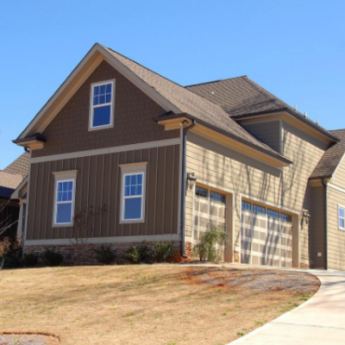Home Insurance Exemptions You Should Know About

Homeowners insurance offers financial protection for your home and belongings in certain circumstances.
If there’s a housefire, your insurance plan could offer you coverage for the extensive structural repairs. If there’s a burglary, the plan could help you replace the belongings that were stolen from your property.
But your homeowner’s insurance doesn’t protect you in all home-related disasters. You should learn about these policy exemptions now and prepare for other ways to financially handle them.
What Are Exemptions for Standard Homeowners Insurance Policies?

1. Earthquakes:
Standard policies don’t offer coverage for natural disasters that result in ground movements — this includes earthquakes, mudslides, and sinkholes. So, if you live in a state that gets frequent earthquakes, you can sign up for earthquake insurance. It should provide coverage for damages to your home’s structure and personal belongings after an earthquake.
2. Overland Flooding:
Your homeowner’s insurance is only useful for certain types of water damage. If a water pipe bursts or a toilet overflows, you can make a claim and get coverage. If your neighborhood floods and water force its way inside your house, you can’t get coverage.
In the same vein as earthquake insurance, you will have to get a separate policy to get any financial protection for this type of disaster. The majority of flood insurance policies are administered by the National Flood Insurance Program. The NFIP is run through the Federal Emergency Management Agency (FEMA).
The majority of homeowners are more at risk of facing flood damage than earthquake damage. To see just how at-risk your house is, check out FEMA’s flood map service center.
3. Sewer Backup:
Another type of flooding that your homeowner’s insurance doesn’t cover is sewage backup. This is when sewage comes up through your low-level drains.
You can purchase a separate policy or an endorsement for sewage backup. If you live in an area with a combined sewer system, you will be at risk of suffering this problem and should consider financial protection.
4. Neglect:
Homeowners insurance does not offer coverage for damages that result from neglect. One example of this is mold removal. Your policy might offer coverage for mold removal after an insured incident, like a burst pipe. If that mold could have been prevented by cleaning your bathroom regularly or running a dehumidifier in your basement, it will be been considered damage caused by neglect.
The best way to protect yourself from these types of damages is to run regular maintenance on your household.
5. Pests:
If you notice the warning signs of mice, rats, bedbugs, termites, ants, or any other common pest around your house, you can’t turn to your homeowner’s insurance for help. You will not get coverage for the infestation removal or for any related repairs and replacements.
Unfortunately, there’s no additional insurance policy that will cover pest infestation. Your best bet for handling the costs of pest removal and subsequent repairs is with an emergency fund.
If you don’t have enough savings in your emergency fund, you could look into an emergency loan as a solution. You don’t have to make an appointment with your bank to do this—there are online emergency loans available, as long as you’re eligible. With an approved emergency loan, you can pay for pest control services quickly and recover from the problem. Then, you can focus on a repayment plan.
Learn all of the exemptions in your homeowner’s insurance policy. You don’t want to find out you can’t get coverage when it’s too late.
Read Also:











Leave A Reply